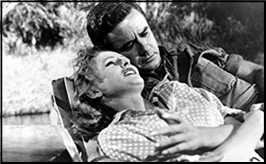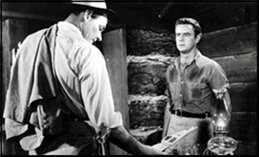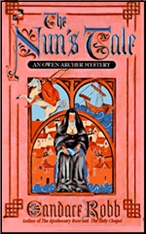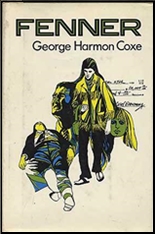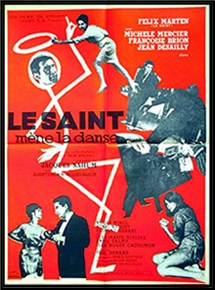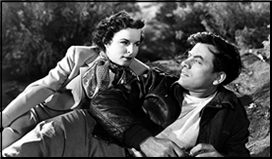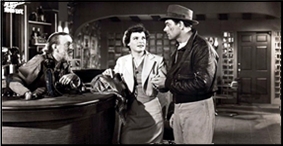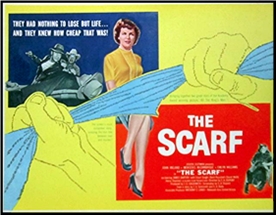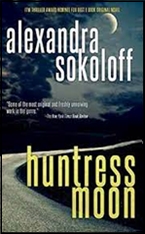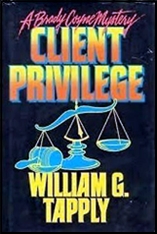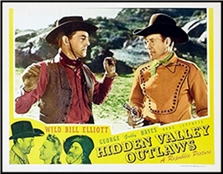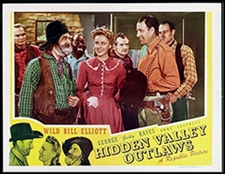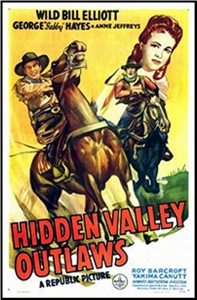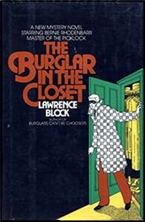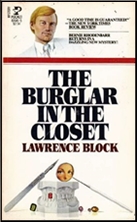REVIEWED BY DAVID VINEYARD:
THE DANCE OF DEATH. 1960. Originally released as Le Saint mène la danse (The Saint leads the Dance); also known as Le Saint conduit le bal (The Saint leads the Ball). Felix Marten, Michèle Mercier, Jean Desailly Screenplay. Albert Simonin, Jacques Nahum, Yvon Auduard. Based on the story “Palm Springs†by Leslie Charteris. Directed by Jacques Nahum.
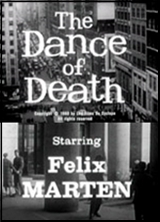
It will come as a surprise to no one that actor Felix Marten (Elevator to the Gallows), a singer and composer, capable as he was at playing action heroes and suave tough guys, is exactly no one’s idea of Leslie Charteris’s Brighter Buccaneer Simon Templar, the Saint. It will come as a greater surprise that he is damn good at it and easy to see as the Saint even in the English language version under another name.
This unauthorized 1960 film, was the first Saint film since the Louis Hayward The Saint’s Girl Friday, was filmed, but after author and creator Leslie Charteris went to court to have any reference to Simon Templar expunged outside of France, the hero was given a new name.
Ironically the film is a better adaptation of the original story than the George Sanders outing The Saint in Palm Springs previously filmed in the RKO series, and Marten’s much closer in style to Charteris’s hero than Sanders had been, at least to the tougher Post-War Saint.
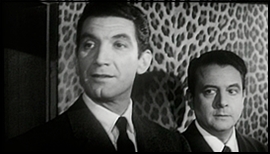
Curiously Marten does look a bit like the John Spangler/Doug Wildey version of the Saint in the long running comic strip though minus the spade beard.
Marten is at least not diffident to women or violence in the Sanders manner and has a positively saintly smile in action. He even breaks the fourth wall and addresses the audience at the end of the film,and whistles what I am willing to bet was the original Saint theme written by Charteris in the French version.
Despite being unauthorized this is an expensive and well made production. It clearly wasn’t made hurriedly or on the cheap.
A scene in a restaurant where he disposes of two punks bothering Gina (a sub-plot that complicates the action) is mindful of the well-staged fights from the Moore series and shows off Marten’s physicality. (I can find no reference to it at IMDb but I seem to recall he had served in the French Paratroops, the old Foreign Legion, before coming to the screen.)
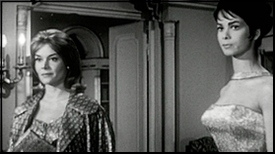
Stuart Thompson (Felix Marten who in some movies plays a character simply called Felix Marten), is a private eye hired in Paris by Fred Pellman, an avid hunter and millionaire who a year earlier helped in the capture of a public enemy in Boston. Now he’s receiving death threats and afraid the police can’t handle them. At a $1,000 a day Thompson agrees to take the job protecting Pellman at his villa where he lives with three beautiful women, his secretaries (late in the film it comes to light one of them may have a motive for killing their boss).
And when the women are Norma (Françoise Brion), Gina (Nicole Mirel), and Dany (Michèle Mercier star of the five “Angelique” historical epics with Robert Hossein and one of the notable beauties of the era in an early role and a brunette here) that is pretty good company, even if the cat claws are out and any and all of them might be involved in the plot to kill Pellman which Thompson isn’t sure is tied to the Boston incident after all, at least not gangland revenge.
Ten million dollars is a lot of motive for murder, even the servants are suspicious.
A guard dog dies, a knife (meant for Pellman) nearly misses Dany (who proves to be a crack shot) while Gina is putting moves on Thompson, and Commissar Richard of the Surete supplies information casting doubt on Pellman’s chauffeur who ends up killed by the fan blades of a car.
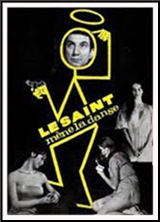
It is a solid Euro-Thriller, as much gothic horror as mystery, replete with Marten finding himself entombed, and more than worth catching. Handsomely and atmospherically shot it is a small gem of a mystery with more than enough horror if not supernatural elements to make it interesting, with the caveat that Euro-thrillers can be something of an acquired taste, and the dubbing is standard.
The ending, a car chase through spooky woods and final reckoning in a hunting lodge puts a final and satisfying twist on the proceedings.
This ranks with The Saint in New York and The Saint’s Girl Friday as probably one of the best Saint outings on film before the advent of the Roger Moore series. Like The Steel Key, another non Saint outing of the Saint, it is better than most of the previous Saint films with Sanders and Hugh Williams. Leslie Charteris could have done worse than to let this one be released in English as an exploit of the Saint, and if you want to watch the dubbed version and just ignore Marten’s new name you might enjoy it as a different kind of Saint movie.
But enjoy it you likely will with an attractive cast, intelligent script, good direction, a jazzy score, and handsome cinematography it is a tasty mix of mystery and horror, and certainly one of the most offbeat interpretations of a Saint adventure ever attempted.
You can usually find it on YouTube, and it is available from Sinister Cinema.
